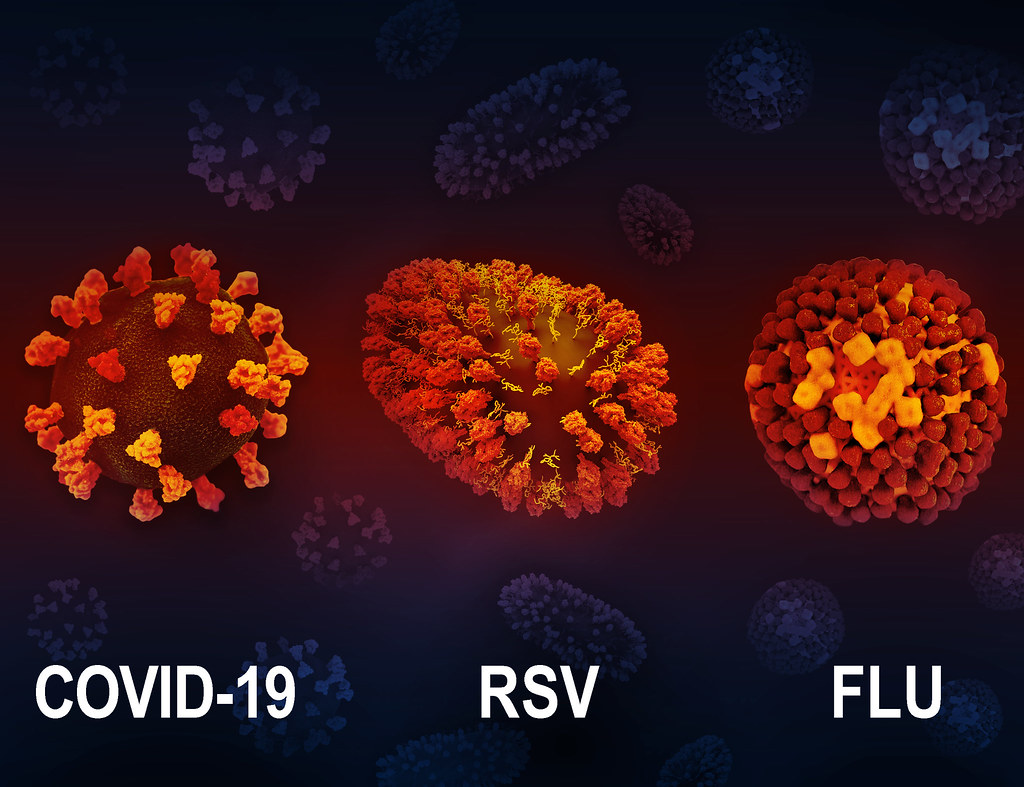Following the conclusion of the COVID-19 emergency phase, scientists are now focusing on developing real-time surveillance tools for indoor environments to monitor various viruses.
Researchers at Washington University in St. Louis have combined recent advancements in aerosol sampling technology with an ultrasensitive biosensing technique to create a proof-of-concept monitor capable of detecting any variant of the SARS-CoV-2 virus within a room in approximately five minutes.
This cost-effective device, detailed in a study published in Nature Communications today (July 10), could be deployed in hospitals, healthcare facilities, schools, and public spaces to detect SARS-CoV-2 and potentially monitor other respiratory viruses like influenza and respiratory syncytial virus (RSV).
The interdisciplinary team from the McKelvey School of Engineering and the School of Medicine, including Rajan Chakrabarty, Joseph Puthussery, John Cirrito, and Carla Yuede, developed the monitor.
They leveraged a micro-immunoelectrode (MIE) biosensor initially designed for Alzheimer’s disease biomarkers to detect the spike protein of SARS-CoV-2.
The spike protein recognition was achieved using a nanobody from llamas developed by David Brody at the National Institutes of Health (NIH).

“The nanobody-based electrochemical approach is faster and requires minimal processing steps compared to traditional methods,” explained Yuede.
The biosensor was integrated into an air sampler utilizing wet cyclone technology, which traps virus aerosols efficiently due to its high flow rate of approximately 1,000 liters per minute.
“The challenge with airborne virus detection is the dilution factor in indoor air, which often surpasses the detection limits of PCR,” noted Chakrabarty.
Their monitor overcomes this challenge with its high flow rate and sensitive detection capabilities, lighting up upon detecting a virus to prompt necessary airflow adjustments.
Initial tests in the apartments of COVID-positive patients and controlled laboratory environments demonstrated the monitor’s ability to detect SARS-CoV-2 RNA in air samples, validating its efficacy.
Future plans include expanding its capabilities to monitor additional pathogens like influenza and RSV, with potential applications in hospital settings to detect pathogens such as staph and strep.
Efforts are underway to commercialize this innovative air quality monitor, promising significant advancements in public health surveillance and infection control.
